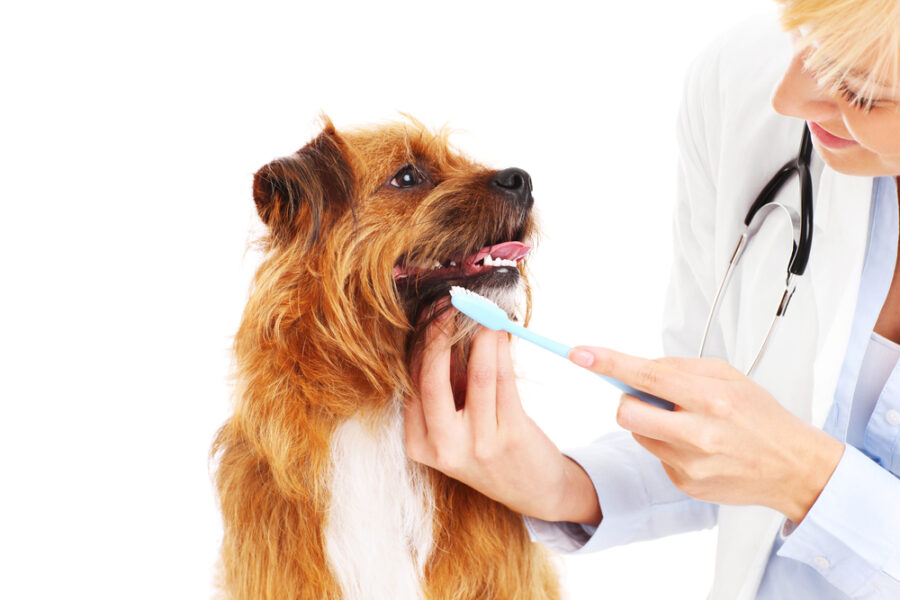By making pet parents recognize the importance of oral hygiene and implementing regular brushing and dental care practices, we can ensure their beloved pets dental health.
In recent years, the bond between humans and their canine companions has only strengthened, with more households welcoming dogs into their homes. However, with this increase in dog ownership comes a concerning trend: a lack of attention to the oral health of these furry beings.
A recent study sheds light on the disconnect between owners’ perceptions of their dogs’ oral health and their actual oral hygiene habits. Shockingly, while over 60% of owners believed their dogs’ oral health was satisfactory, their oral hygiene practices were deemed poor. This discrepancy highlights a crucial gap in understanding and action when it comes to caring for pets’ teeth and gums.
Human-to-Dog Bacterial Transmission
The study analyzed the dental plaque bacteria in dogs through metagenomic amplicon sequencing, revealing a startling finding: the presence of oral disease-causing bacteria in both humans and dogs. Of particular concern was the identification of Streptococcus mutans, a bacteria commonly associated with tooth decay in humans. Even more alarming was the discovery that the amplicon sequence of S. mutans found in dogs’ dental plaque was identical to that found in humans, suggesting a potential for human-to-dog transmission of oral bacteria.
A Need for Improved Oral Hygiene
This revelation underscores the urgent need for improved oral hygiene management for dogs. Despite the seemingly robust immune systems of our canine companions, they are not immune to the consequences of poor dental health. Dental calculus and gingival inflammation were observed to be less prevalent in dogs whose teeth were brushed regularly, emphasizing the importance of proactive oral care.
The implications of this study extend beyond veterinary care. With dogs and humans sharing living spaces and often engaging in close contact, the risk of oral bacterial transmission becomes a significant concern. As such, responsible dog ownership entails not only providing love and companionship but also ensuring proper oral hygiene practices are in place.
Moving forward, further research involving larger sample sizes of dogs and genetic analysis of owners’ oral bacteria is needed. These studies would provide additional insights into the extent of human-to-dog oral bacterial transmission and reinforce the importance of prioritizing oral hygiene for both humans and their canine companions.







